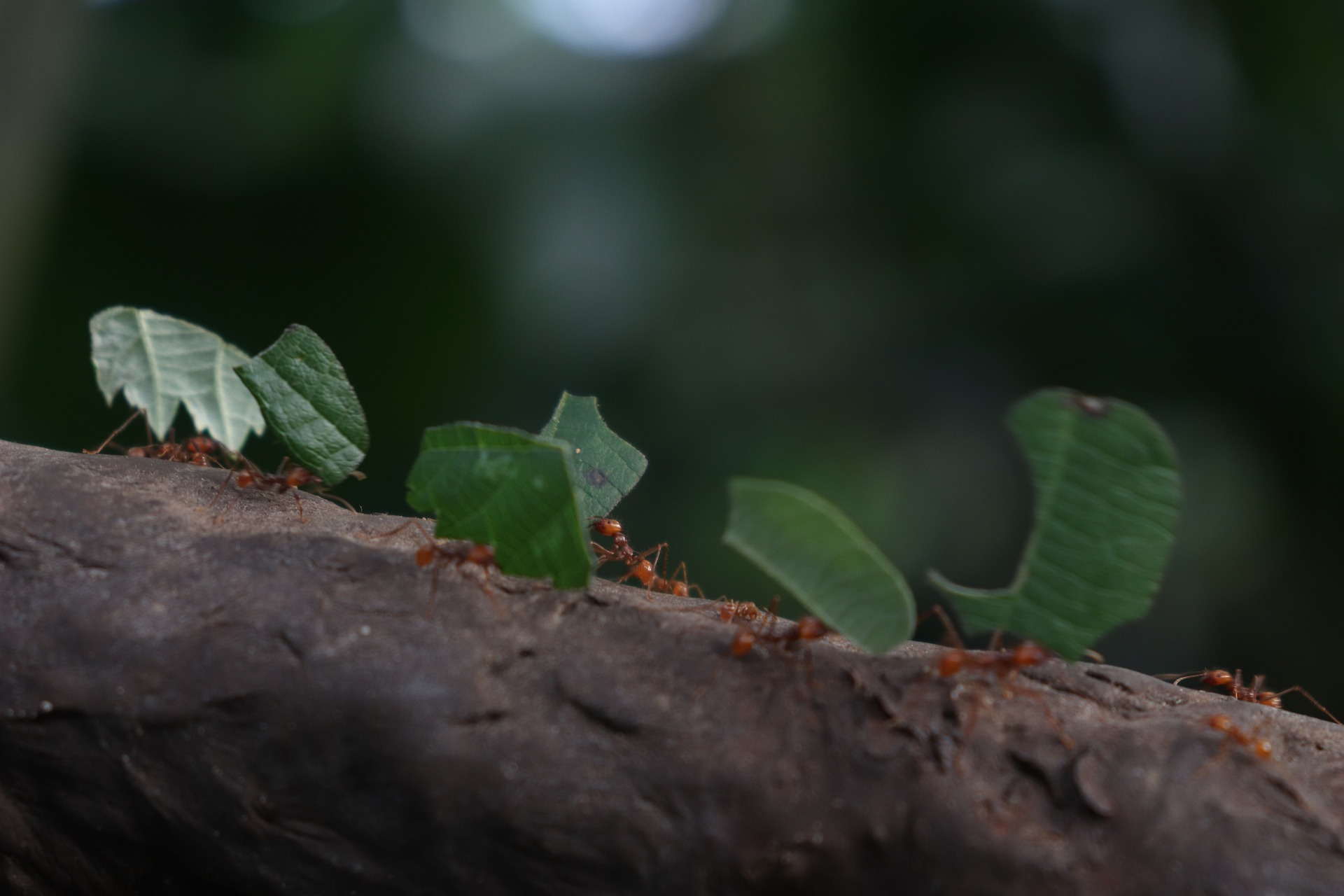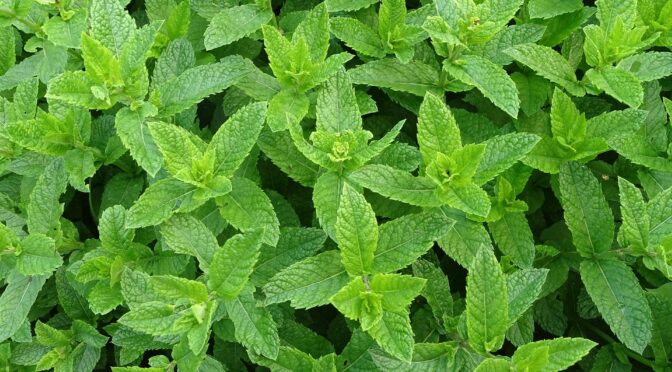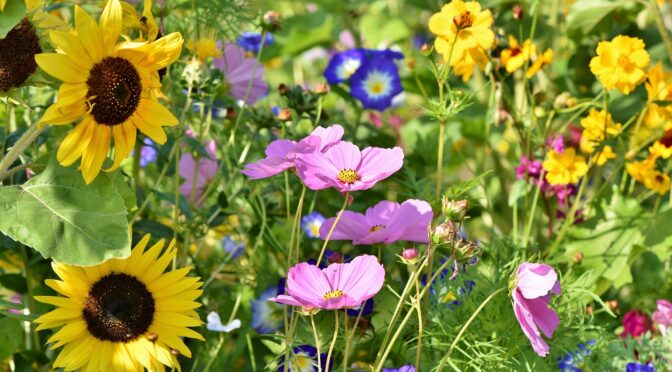When you start gardening, you’ll probably start noticing more of the life that visits your yard. For most non-gardeners, insects only come into focus when they enter houses, but for gardeners, they suddenly play a bigger role on stage. You start noticing the earthworms in the soil, the pillbugs scurrying around in your mulch, and the slugs that come to chew big holes in your kale. Many folks will spot ants visiting their garden and wonder what they’re doing there. Are they pests or garden allies?
Why Are There Ants on My Plants?
Ants may be visiting your garden for several reasons. Like us, they must meet a few essential needs to survive: moisture, food, and shelter. These needs are met in different ways depending on the species of ant, and there are almost 800 ant species found in the United States today! Though these species vary widely, below we’ll cover some of the more common reasons you’ll spot them on your garden plants.
Collecting Water
The way that ants source water varies with species. Some ants are specifically adapted to get all their moisture needs from their food sources. Harvester ants, for instance, can get most of their moisture needs from seeds, while other ants may get most of their moisture from flower nectar.
However, it’s not unusual for ant species to gather water from dew droplets or puddles. If you often spot ants visiting your plants that tend to collect dew, they could be harvesting the water.
 Farming Aphids, Scale Insects, and Mealybugs
Farming Aphids, Scale Insects, and Mealybugs
Many ant species, including Argentine ants (Linepithema humile), Allegheny mound ants (Formica exsectoides), common citronella ants (Lasius claviger), and longhorn crazy ants (Paratrechina longicornis), all enjoy feeding on honeydew, a rich, sugary substance secreted by aphids, scale insects, and mealybugs as they feed on plant sap.
These ants will go to great lengths to ensure a steady supply of honeydew. The ants actually farm the aphids and other insects almost the way we do livestock. They will protect the aphid colony, keeping their habitat clean and fighting off predators. They also cull certain insects, especially older ones, that produce less honey-dew. When they want to collect honeydew, they gently tap the insect’s abdomen to encourage them to secrete honeydew.
Amazingly, ants will also carry these insects to new plants to increase production. Obviously, this behavior can be problematic for gardeners.
Thankfully, aphids are usually a reasonably easy pest to eliminate. A strong jet of water to kill or blast the aphids off the plant may be enough to do the trick. You can also use insecticidal soap or soapy water to kill the aphids. However, this method comes with some risks. It can destroy the waxy coating on leaves and may burn foliage, especially during hot and humid weather.
Harvesting Other Sugary Foods
Many of the ants that enjoy honeydew also love other sugary foods, such as flower nectar, fruit juices, and human food scraps. While the ants may seem like a nuisance if they show up at your picnic or climb into your flowers to gather nectar, they don’t do any harm. Usually, they don’t harvest fruit or juices unless the produce is already damaged.
For example, finding ants in a hole in strawberries is often a significant complaint. Interestingly, it’s not typically the ants making the hole. Usually, slugs eat strawberries and other fruit at night, and then the ants harvest from the opening that the slugs have created during the day. Usually, if you can eliminate the slugs, the ants will cease to be an issue.
 Leaf Cutters
Leaf Cutters
You may also see leafcutter ants like the Texas leafcutter ant (Atta texana) in certain parts of the United States. These interesting ants can often be seen carrying large pieces of foliage back to their nests. This particular species has been known to work together as a colony to defoliate a citrus tree in less than 24 hours!
These foliage foragers aren’t eating the leaves; they take them back to their nest and chew them into a paste as fertilizer for their fungus gardens. Regardless, they can spell trouble if you’re trying to grow plants and trees within a colony’s range.
Unfortunately, for people coping with leaf-cutter ants, many of the organic “ant baits” you see recommended aren’t effective because these species only feed on the fungus they grow in their nest.
We don’t have personal recommendations because they aren’t an issue for us. However, many permaculturalists in other areas recommend raising guinea fowl or treating the nests with boiling water.
Harvester Ants
Harvester ants collect grains and seeds, which they store in granary areas within their nest. These ants aren’t usually a significant issue for vegetable gardeners, though you may observe them gathering seeds from plants around you. They can be an issue for grain farmers.
Benefits of Ants
While we may sometimes butt heads with ants and other creatures in our garden, it’s important to remember that they have their place. There are several benefits to ants that many gardeners and nature lovers can appreciate.
- Many ground-dwelling species, like northern fungus-farming ants (Trachymyrmex septentrionalis), aerate the soil and improve fertility. These industrious ants bring minerals and nutrients up from deep below the surface, making them accessible to trees and plants.
- Many ants, like large imported big-headed ants (Pheidole obscurithorax), are voracious predators of other pests. Researchers have found that one species, Buren’s Pyramid Ant (Dorymyrmex bureni), often feeds on invasive fire ants (Solenopsis invicta).
- Some ants, like American winter ants (Prenolepis imparis), plant wildflowers. About 11,000 plant species, including many native wildflowers like bloodroot, trillium, and violets, have developed seed appendages that attract ants, encouraging them to harvest the seeds and transport them to new locations.
- Ants clean up carrion, food scraps, and other waste, helping reduce the number of flies and other animals attracted to a location.
- Some ants, like black harvester ants (Veromessor pergandei), help landscapes recover from wildfires, drought, and overgrazing. Researchers have found that the rims of their nests are “islands of fertility.” In these fertile soils, plants recover more quickly and help re-seed the nearby landscape.
Depending on the species, seeing insects in the garden can bring joy and worry. Hopefully, this will help you understand why you’re seeing ants in your garden, what they’re up to, and what steps you may need to take.



 Controlling Mint
Controlling Mint
 Anise-Hyssop or Licorice Mint (Agastache foeniculum)
Anise-Hyssop or Licorice Mint (Agastache foeniculum) Hyssop (Hyssopus officinalis)
Hyssop (Hyssopus officinalis) Catnip (Nepeta cataria)
Catnip (Nepeta cataria) Lemon Balm (Melissa officinalis)
Lemon Balm (Melissa officinalis) Mint (Mentha sp.)
Mint (Mentha sp.) White Horehound (Marrubium vulgare)
White Horehound (Marrubium vulgare)
 Does Chaos Gardening Work?
Does Chaos Gardening Work?